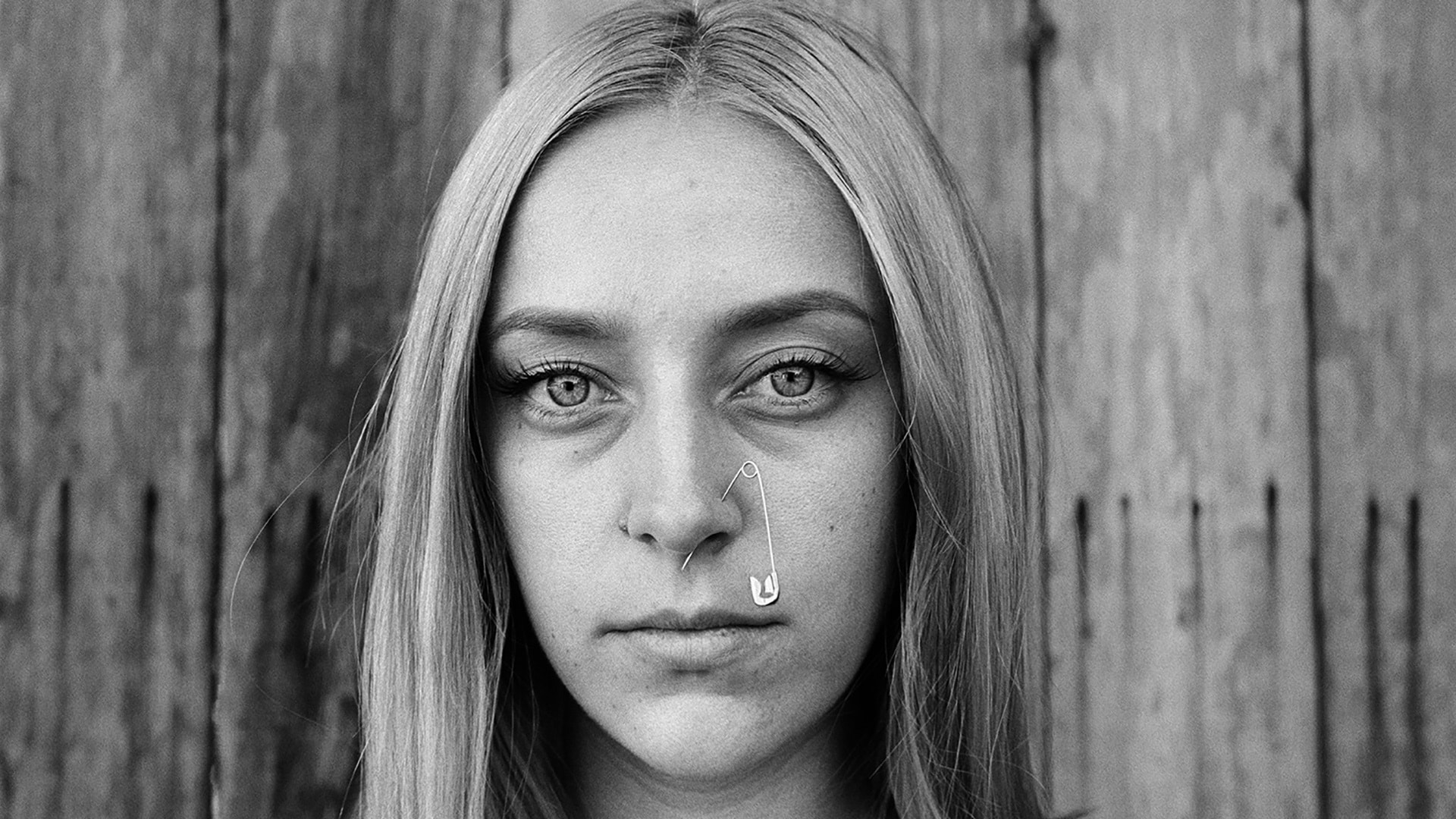Deanna Templeton’s new book What She Said explores the struggle for independence, agency, and self-expression that defines female adolescence.

You’re getting blind.
Don’t miss the best of visual arts. Subscribe for $9 per month or $108 $90 per year.
Already suscribed ?



